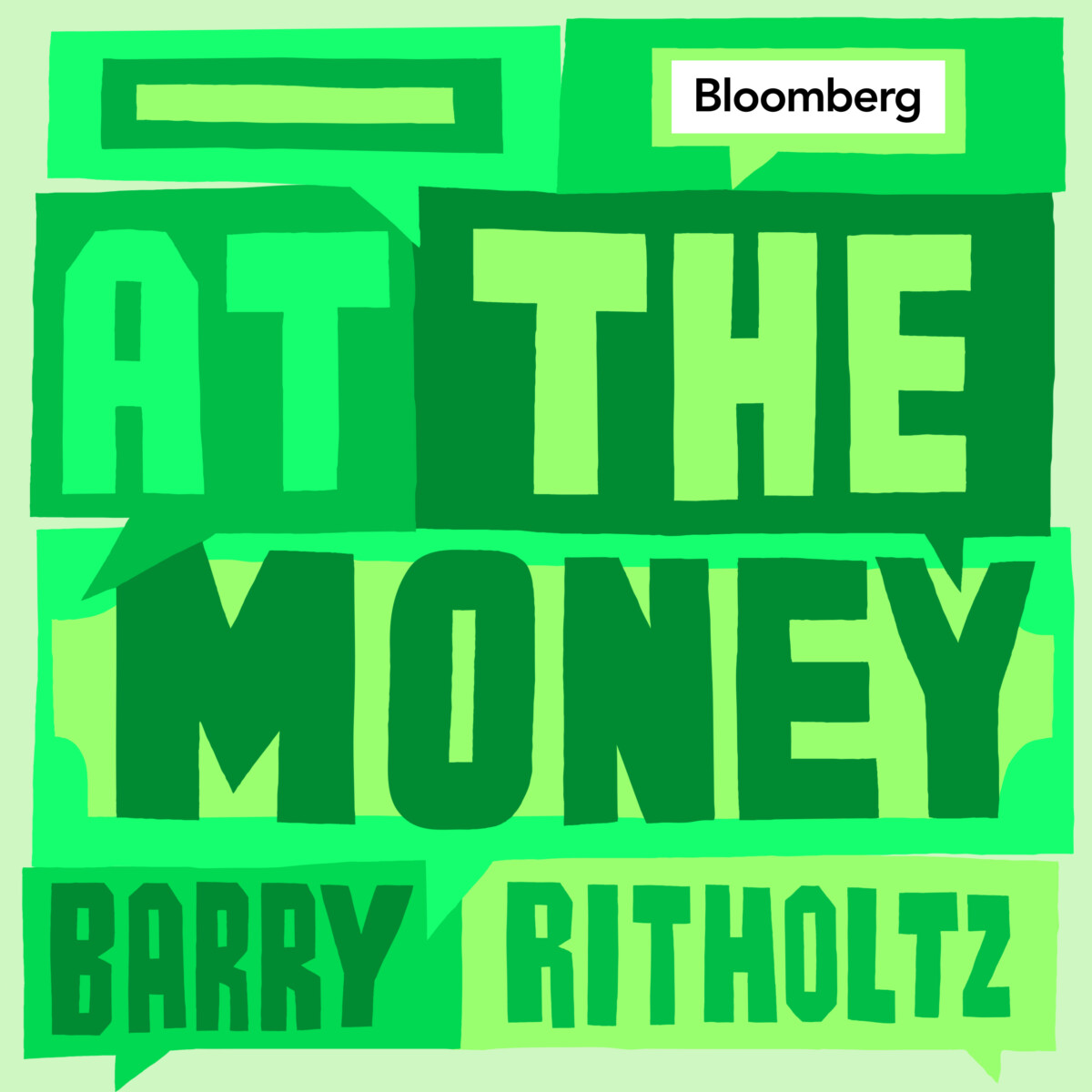The revving sound of a vehicle’s engine is music to the ears of the ICE-age motorist. But the long-serving internal combustion engine (ICE) is being sent down a highway to oblivion for its noxious fumes, with exhaust-free electric vehicles (EVs) raring to wheel us around instead. Motorists get it (or claim to): If the world is to save itself from the ravages of global warming, we must stop belching carbon-rich gasses. But an EV is just not the same experience. For some, it is downright spooky. The ‘motor’ is too noiseless to even tell if it’s on. For others, the silence of a battery-run car or bike is deeply unfulfilling, especially for the one at the wheel or handle-bar. To fill this aural void and enliven the ride, EV-makers have hit upon a lazy but effective solution: Artificial sound effects. Globally, many EVs offer an ‘engine playlist’ of sounds that mimic ICE vehicles. Motoring buffs who cannot do without the vroom of acceleration can simply switch this service on. Pandering to customer preferences, after all, is the name of the game for most marketers everywhere, and if fulfilling psychological needs can get an edge in a fiercely competitive market, why not?
As reported, among the resources being enlisted for aural satisfaction are the talents of noted musicians. Perhaps some of it will turn musical in a real sense over time. Right now, the adrenaline rush of an engine pressed into action isn’t always from a generic sound. Excitement can also stem from a particular sound that’s peculiar to the vehicle’s make. Many Harley-Davidson riders, for example, would cheerfully confess an addiction to the rhythm of its potato-potato-potato rumble. Back in the day, this motorcycle maker even sought to claim it as its exclusive ‘intellectual property.’ Electric bikes can possibly offer a similar ride, but satisfying bikers under the hypnotic influence of ICE cylinders firing at full pep is not easy. It’s not only about bending backwards for customers, though. Supporters of fake EV sounds also claim the idea produces a positive externality. Soundless cars can be too stealthy for the safety of others. Pedestrians in India tend to spill onto streets as a matter of compulsion and it’s risky if they don’t hear vehicles approach. A few luxury marques may once have been marketed on silence—“At 60 miles an hour the loudest noise in the new Rolls-Royce comes from the electric clock,” was a memorable advertisement crafted by David Ogilvy—but today’s market clearly isn’t taking much inspiration from that.
It can be argued that a wide choice of fake sounds is a sign of the market’s evolution and therefore welcome. But then, it also means any vehicle can adopt the sound of any other. A modest two-wheeler can act like a tar-scorcher. Such a loss of exclusivity needn’t be lamented. It may be taken as a leveller on our roads, where one’s right of way often depends on factors like vehicle size and grunt power. But our streets are noisy and could get noisier still if artificial sounds end up spurring an audibility contest; we’ve already seen a kind of arms race with car headlamps, some of which can blind oncoming traffic with their glare. Ideally, we should aim for noise reduction. Decibel levels in India need to come down and it would help if we all learnt to adapt to quiet vehicles for a change. Radical as this might seem, maybe EV makers should stop giving fussy customers what they want. As Henry Ford is said to have remarked once, if he had asked people what they wanted, he would be trying to make a better horse.
“Exciting news! Mint is now on WhatsApp Channels 🚀 Subscribe today by clicking the link and stay updated with the latest financial insights!” Click here!
Download The Mint News App to get Daily Market Updates.
More
Less
Updated: 12 Oct 2023, 09:26 PM IST
















